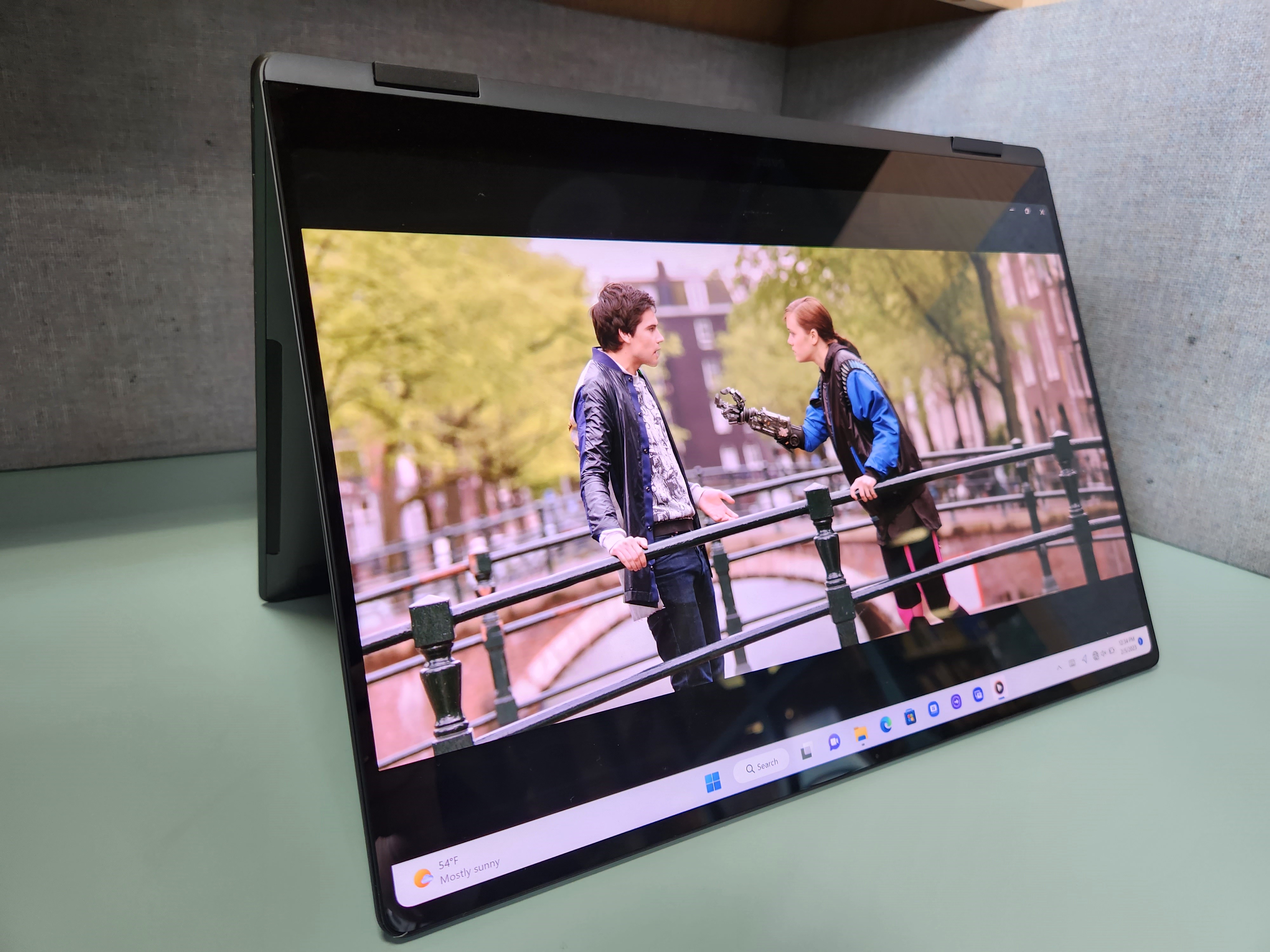Gone are the days of backpacks overloaded with binders and the chronic hand-cramps from trying to write as fast as possible. Nowadays, a good laptop elevates your productivity and allows you to keep all your important lesson materials in one place. Whether you’re new to campus or heading into your final year, having a laptop that’s capable, sturdy, and portable — with good battery life, natch — will help keep you on top of your studies, or gaming (no judgement).
Why you should trust us: It’s in our name, PCWorld. We’ve been reviewing laptops for decades, with exacting standards applied to all facets of the user experience, from performance benchmarks to features to the rigors of daily use. Our experts know their stuff and have curated a comprehensive list of the best laptops for college students, with their particular needs in mind.
After you finish looking over our recommendations, be sure to hit our daily updated roundup of the best laptop deals to try and score your favorite laptops on sale. Or check out our roundup of the best laptops for even more recommendations. We’ve also got a great article about the five laptop features that matter most.
Updated March 18th, 2024: Since our last update, we’ve published a number of laptop reviews, which we’ll include below. We’ve also added new sections as well as new pros and cons. The best ultraportable laptop for students pick was replaced by the Acer Swift Edge 16 and the MacBook Air (M3) was added as the best MacBook for students.
- MacBook Air (M3): The MacBook Air (M3) truly wowed us with its 19-hour battery life and spacious Liquid Retina display. It’s also lightweight and portable, weighing in at just over three pounds.
- MacBook Pro (M3): The MacBook Pro (M3) Pro is considered a good work tool for everyday tasks thanks to the 11-core CPU and the 16-core Neural Engine. It also runs quiet and is noticeably faster than its predecessors.
- Alienware m16 R2: The Alienware m16 R2 is a “do it all” 16-inch laptop for gamers who also want a portable PC with good battery life.
- Lenovo ThinkPad X1 Carbon: The ThinkPad X1 Carbon (Gen 12) is an amazing business laptop with a lightweight form factor and a stunning display, but it comes at a premium price point compared to competing laptops.
Samsung Galaxy Book3 Pro 360 – Best overall for students
Pros
- Stunning OLED display
- Long battery life
- Solid inking
- 1080p webcam
- Good audio
Price When Reviewed:
From $1,699.99
Why we like the Samsung Galaxy Book3
The Samsung Galaxy Book Pro 360 offers a lot of goodies for the price ($1,699) such as a convertible form factor, a 1080p webcam, a superb OLED display, and long battery life. It also weighs just 3.66, so it’s light enough to take with you from class to class. The 1080p webcam will make you look fine as heck during remote learning sessions and the 13.5 hours of battery life means you’ll be able to keep working well into the evening hours. Everyday performance is snappy thanks to the Intel Core i7-1360P CPU and 16GB of memory, and the 16-inch AMOLED touch display features a resolution of 2880×1800 and a refresh rate of 120Hz, resulting in vibrant visuals. This laptop really has it all.
Who should buy the Samsung Galaxy Book3
Any college student that’s looking for a well-rounded laptop. You can use it like a tablet for easy note taking or prop it up like a tent for sharing information or calling in for remote sessions. Multitasking is a real breeze thanks to the display’s 16:10 aspect ratio, which means the screen is taller and more square than rectangular. While we like the way the 1080p webcam makes you look in video calls, some of the effects such as Eye Contact are finicky to use. Aside from a couple of minor nitpicks, we feel as though the Samsung Galaxy Book3 Pro 360 is the best choice for most people.
Read our full
Samsung Galaxy Book3 Pro 360 review
Lenovo Flex 5i – Best Chromebook for students
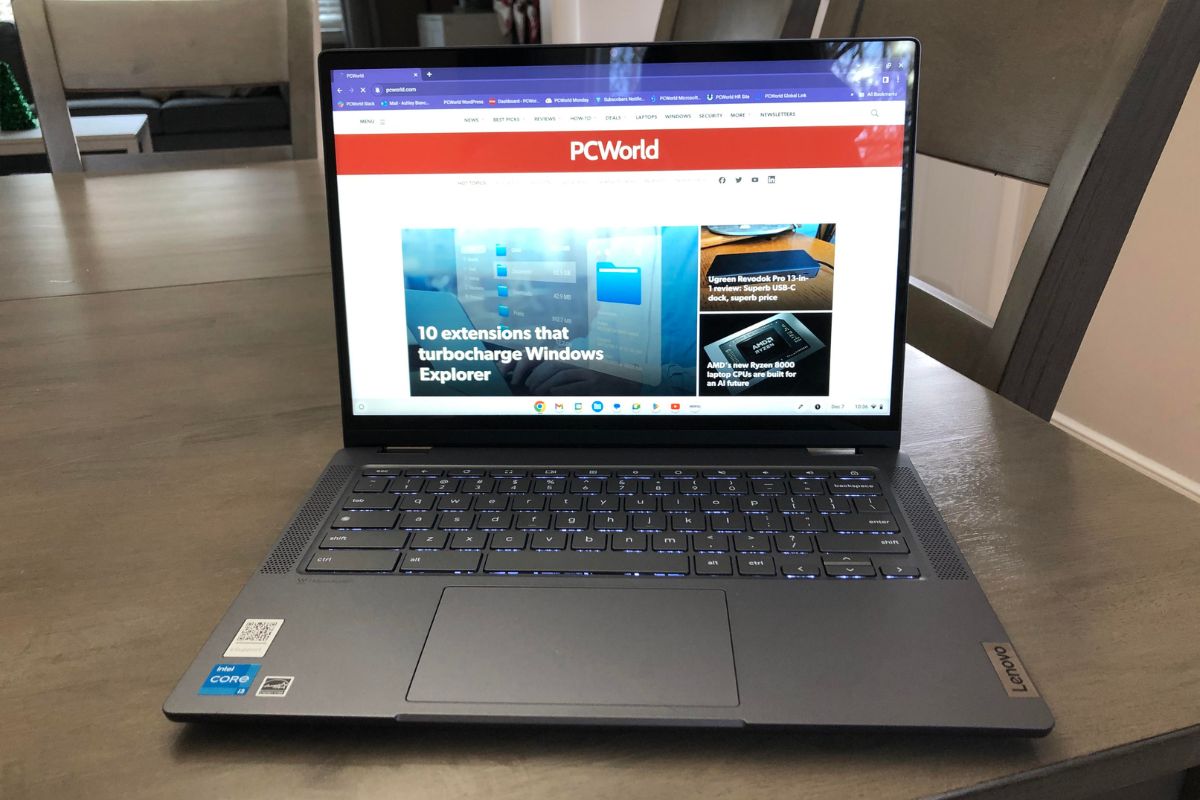
Pros
- Great build quality
- Vibrant touchscreen display
- Fast performance
- Nice typing experience
Cons
- Stylus not included
- Average battery life for a Chromebook
- Heavier than expected
Price When Reviewed:
$499
Why we like the Lenovo Flex
The Lenovo Flex 5i is a great Chromebook because of its convertible design, fast performance, superb typing experience, and touchscreen display. The chassis has a luxurious aluminum finish on it, which makes it feel three or four times as expensive. The 360-degree hinge that connects the display to the rest of the laptops feels strong and like it won’t wear out anytime soon. The keyboard is also a dream to type on and easy to adjust to, and the 1200p display produces sharp, colorful visuals. Sure, it’s heavier than we expected right out of the box and the stylus isn’t included, but those are small trade-offs in the grand scheme of things. Overall, this is a really well-rounded machine.
Who should buy the Lenovo Flex
We feel as though the Lenovo Flex 5i is a good option for those who prefer using Google’s ecosystem. The beautiful touchscreen display and the convertible design really gives it the edge over other Chromebooks and even some Windows laptops, as you usually see those features in machines that cost much more. While the nine hour battery life is a little below average for a Chromebook, it’ll still last you a full school day and then some. At the end of the day, the Lenovo Flex 5i’s list of compromises is quite small.
Read our full
Lenovo Flex 5i Chromebook Plus review
Acer Aspire 3 – Best budget laptop for students
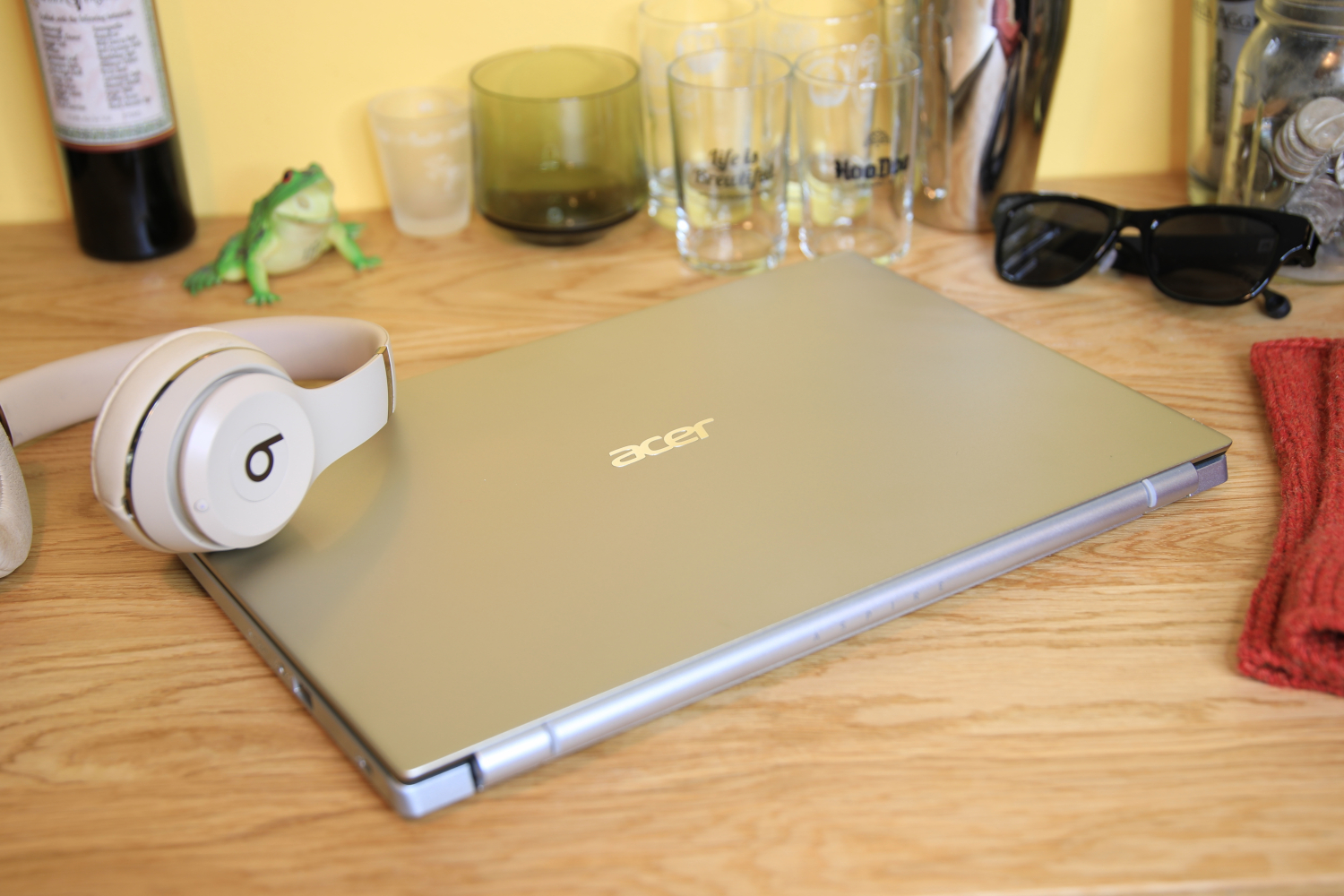
Pros
- Spacious keyboard with number pad
- HD webcam
- Solid video playback performance
- Decent business app performance
- Workday-long battery life
Cons
- Small 128GB storage drive
- A little heavy
Price When Reviewed:
$329.99
Why we like the Acer Aspire
For under $500, the Acer Aspire 3 laptop provides reliable performance as well as a durable build. It’s zippy enough for day-to-day productivity like binging your favorite shows on Netflix, checking e-mail, and so on. There’s even a full-sized keyboard and a 1080p screen. It even smashed the competition with a Cinebench R15 score of 1,925, edging out the Acer Aspire Vero 14, which has comparable hardware. By the way, the Cinebench benchmark measures how well a laptop handles processor-intensive workloads.
Who should buy the Acer Aspire
Anyone who’s on a restricted budget! To get more specific, we feel as though the Acer Aspire 3 is a good option for students because it’s affordable and a good performer. The HD webcam also produces “clean, crisp video” according to our review, which means you’ll always look your best in remote learning sessions. The 40 watt-hour battery is quite good too, lasting a total of eight hours on a single charge, so you don’t have to stop and go outlet hunting as you’re traversing from class to class.
Read our full
Acer Aspire 3 review
MacBook Air (M3) – Best MacBook for students
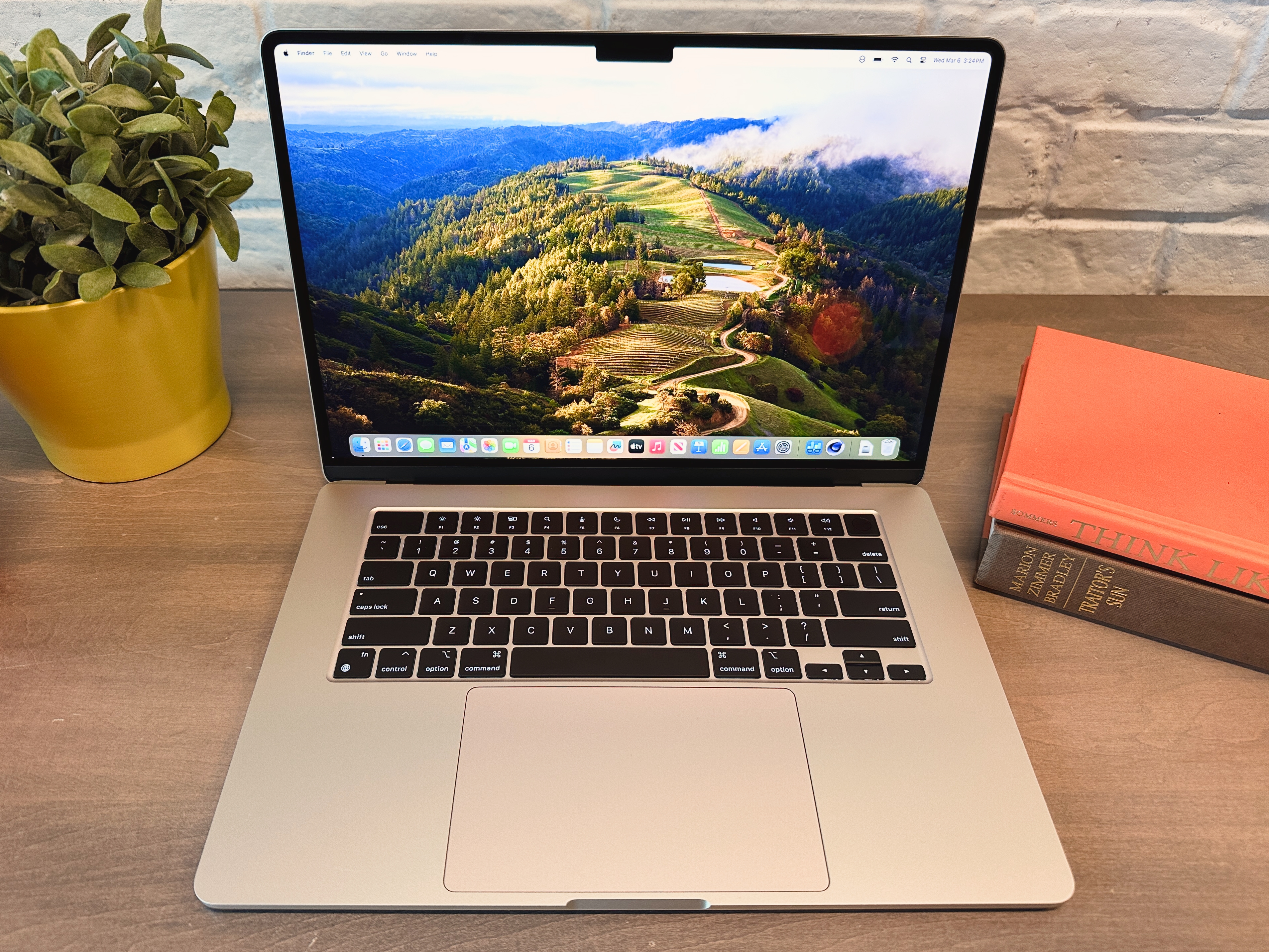
Pros
- Excellent battery life
- Great combination of price, features, and performance
- 256GB SSD is now two NAND chips, maintaining performance
Cons
- Expensive memory upgrades
- Dual external display support requires closed lid
Price When Reviewed:
$1,299 (base)
Why we like the MacBook Air
From the outstanding battery life to the spacious Liquid Retina display, the MacBook Air (M3) received high marks across the board. It comes with an 8-core CPU (M3) and a 10-core GPU as well as two Thunderbolt 4 ports and a 66.5 watt-hour battery. Performance is similar to the MacBook Pro (M3), which means it can blitz through school work and casual use tasks. The only difference between the two is that the MacBook Air doesn’t have fans, resulting in quieter operation. This laptop also managed a whopping 19 hours on a single charge, which is great news for those with jam-packed schedules and have zero time to plug into the nearest outlet.
Who should buy the MacBook Air
Anyone who prefers MacOS over other operating systems! The battery life is incredible and the laptop itself weighs just a little over three pounds, which means you can easily take it anywhere with you. The 15-inch Liquid Retina (LED) screen is considered a step-down from the MacBook Pro’s Liquid Retina XDR (mini-LED) display, but that doesn’t mean it doesn’t look great, especially for everyday use. The $1,299 price tag is also reasonable for the performance and features. However, the 8GB of RAM is a little light.
Acer Swift Edge 16 – Best ultraportable for students
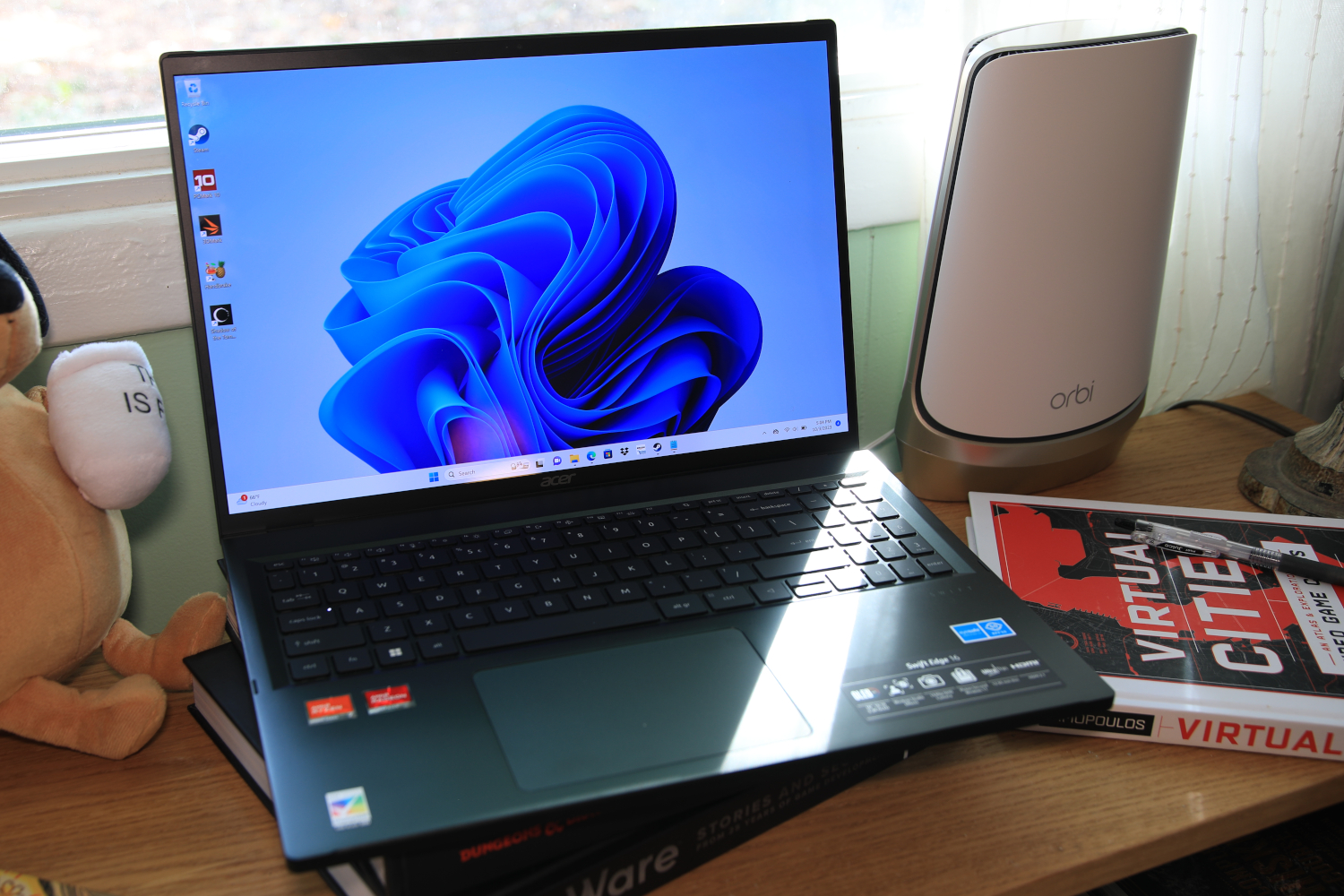
Pros
- Gorgeous OLED display
- Lightweight
- Strong CPU performance
Cons
- Mediocre battery life
- Weak audio
- Average keyboard and touchpad
Price When Reviewed:
$1,299.99
Why we like the Acer Swift Edge
In addition to its lightweight form factor, the Acer Swift Edge 16 is also the perfect combination of affordable and powerful. This sub-$1,000 laptop weighs just 2.71 pounds and is capable of out-performing machines that cost hundreds of dollars more (like the Acer Swift Go 16) due to the AMD Ryzen 7 7840U CPU. The 2000p OLED machine is lovely, too. According to our review, it “delivers an infinite contrast ratio and deep, inky black levels that produce convincing shadows in dark scenes.” Whether you’re watching your favorite flicks or working on an important assignment, you can count on a gorgeous picture either way.
Who should buy the Acer Swift Edge
If you’re looking for a lightweight ultraportable with strong performance, the sub-$1,000 Acer Swift Edge 16 is the one to pick. It’s thin and light enough to toss in a bag, and the display is fantastic for school work or watching YouTube. The 54 watt-hour battery is rather small, but it still manages a respectable seven hours on a single charge. For under a grand, we believe the trade-offs are reasonable. Besides, you won’t find many large screen laptops at this price point.
Read our full
Acer Swift Edge 16 review
Asus TUF Gaming A16 Advantage Edition – Best budget gaming laptop for students

Pros
- Impressive battery life
- Gorgeous 16:10 display
- Rugged chassis
Cons
- Keys feel a bit soft
- 720p webcam is disappointing
Price When Reviewed:
$1,099.99
Why we like the Asus TUF Gaming
The Asus TUF Gaming A16 Advantage Edition is something of a rare gem in the sand dune. This specific model exhibits strong graphics performance as well as long battery life, which is unusual for a gaming laptop. Most gaming laptops last only a couple of hours on a single charge. Well, the Asus TUF Gaming A16 Advantage Edition and its 11 and a half hours of battery life is out here changing the script. That’s more than a full school day. Also, thanks to the Nvidia GeForce RTX 4050 GPU, it also managed 123 frames-per-second in the Rise of the Tomb Raider benchmark. That’s pretty darn good, especially for a sub-$1,000 gaming laptop.
Who should buy the Asus TUF Gaming
The Asus TUF Gaming A16 Advantage Edition is a great option for those who like to game after class. The pricing is reasonable and you’re getting reliable graphics performance as well as a spacious keyboard and decent battery life. It’s also a good purpose machine, so you can use it for coursework and day-to-day productivity. With a solid Cinebench R20 score of 589, it should have “no trouble running lightweight apps and programs,” according to our review.
The Lenovo LOQ 15, which we reviewed recently, stands as another solid budget option. It’s more than capable of 1080p gaming thanks to its more powerful RTX 4060 and the design is very sci-fi inspired. That said, it didn’t nab the top pick because of the poor battery life (not unusual for a gaming laptop) and limited port selection.
Read our full
Asus TUF Gaming A16 Advantage Edition review
How we tested
The PCWorld team puts each and every Windows laptop through a series of benchmarks that test GPU and CPU performance, battery life, and so on. The idea is to push the laptop to its limits and then compare it against others we’ve tested. Chromebooks, on the other hand, go through a series of web-based tests. It wouldn’t be fair or possible to run the same kinds of tests on a Chromebook, as they’re Chrome OS-based machines.
Below, you’ll find a breakdown of each test and the reasons why we run them. For a much deeper look at our review methodology, check out how PCWorld tests laptops.
Windows laptops
- PCMark 10: PCMark 10 is how we determine how well the laptop handles lighter tasks like web browsing, word processing, spreadsheets, and so on.
- HandBrake: HandBrake is more intensive than PCMark 10. It basically measures how long a laptop’s CPU takes to encode a beefy 30GB file.
- Cinebench: Cinebench is a brief stress test of the CPU cores. It does this by rendering a 2D scene over a short period of time.
- 3DMark: 3DMark checks if 3D performance remains consistent over time by running graphic-intensive clips.
- Video rundown test: To gauge battery life, we loop a 4K video using Windows 10’s Movies & TV app until the laptop dies.
Chromebooks
- CrXPRT 2: The CrXPRT 2 benchmark tests a Chromebook’s battery life.
- Speedometer 2.0: This test determines a Chromebook’s web browser performance. It simulates this by adding, completing, and removing a to-do list.
- Basemark Web 3.0: This benchmark gauges how well a Chromebook can handle web-based applications.
- Kraken 1.1: Kraken 1.1 is a JavaScript performance benchmark.
- Jetstream 2: Jetstream 2 is a combination of WebAssembly and JavaScript benchmarks. This is a way to gauge how well a Chromebook runs advanced workloads.
What to look for in a laptop for college
The first thing to consider is budget. How much are you willing to spend on a laptop? If you’re working with an inflexible budget, Chromebooks are a good option. They’re affordable and designed to handle everyday tasks like writing papers, working on spreadsheets, and so on. Chromebook prices can range anywhere from $200 up to $1,000. If you want to spend a bit more, laptops with convertible touchscreens (otherwise known as 2-in-1s) offer a great deal of functionality. You can flip the screen around and use it like a tablet or prop it up like an easel for watching movies.
Things like navigating your e-mail or watching Netflix will require more RAM. We recommend springing for 8GB of RAM or more. 4GB of RAM is fine and good for web browsing and basic office work, but 8GB is better for having more tabs open and whatnot. Plus, applications like Google Chrome and Spotify tend to eat up a lot of memory. Most people can get by with 4GB in a pinch if you’re on a tight budget, but you won’t be able to multitask as much.
The final thing is a decent keyboard. In college, you’re going to be spending a lot of time typing. Depending on your personal preference, you may want either a full or short travel keyboard. Mechanical keyboards, for example, normally have longer travel. This helps prevent accidental keystrokes. The keys also give a lot of tactile feedback, as they bounce back after they’re pressed down.
FAQ
Which laptop size is best?
This is mostly personal preference. Students who bring their laptops to class or intend to travel a lot should consider a smaller, more portable size. Anything in the neighborhood of 13- to 14-inches is recommended. However, if you want to use your laptop for gaming, then you should consider something in the 15- to 17-inch range. It’s also important to keep in mind the weight of the laptop before buying it. Ultra thin laptops can weigh a featherlight two pounds while hefty gaming rigs top the scales at three or four times that—not exactly something you want to carry in a backpack everyday.
How long should a laptop last on a single charge?
If you’ve got a jam-packed schedule, you’ll probably be running from class to class with very little downtime in between. That’s why we recommend a laptop with a long-lasting battery. We recommend something that’ll last 7 to 10-plus hours on a single charge, unless you want a notebook that can play games on the side—gaming laptops are notorious for their shorter endurance, even during everyday tasks. That 7 to 10 hours is a good figure if you plan on taking your laptop with you everywhere.
What about processing power?
Most students will be able to get by with an Intel Core i3 or i5 processor. You don’t need anything mega powerful for everyday tasks and school work. However, if you’re using more graphically demanding programs on the regular, then you may want to spring for an Intel Core i7 or i9. It all really depends on your workload.
For more specifics regarding the hardware you want inside your laptop, be sure to check out our comprehensive guide on how to buy a budget laptop without getting screwed, as well as our broader cheatsheet on what to look for in a laptop CPU and GPU.

